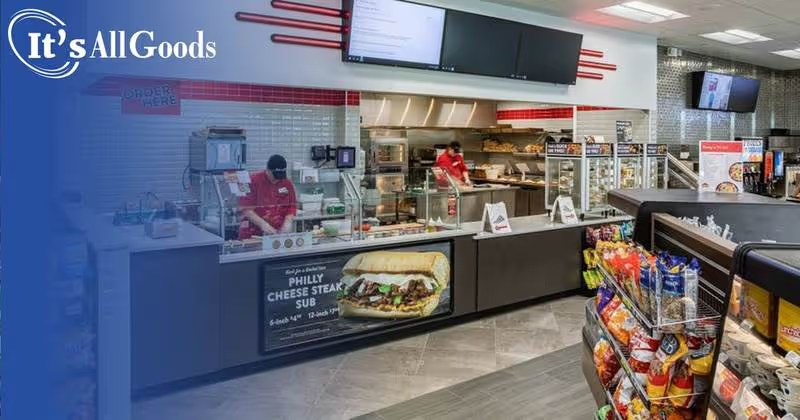

he lines are blurring in the foodservice industry, as restaurants face an increasing threat from gas station convenience stores to take over their market shares. Foodservice sales are adding more to the convenience channel, and gas stations have become the hottest dining destinations, as per a panel of industry experts at the 2018 NACS Show.
Giants of this industry have spent the past few years evolving their food offerings beyond the stereotypical traditional offers of hours-old hot dogs on a roller grill, into high-end made to order and Grab-and-Go selections.
Convenience is an American priority, and convenience stores now offer everything from fuel to ice to upgraded food offerings. It would seem to present a perfect storm of opportunity for convenience chains to win QSR market share and more customers. But the biggest question is that how will QSRs respond to the C-Store threat?
Consumer tastes are changing, and they are seeking healthy or premium options. Convenience store shoppers continue to expect speed, ease, and value. According to a report by the National Association of Convenience Stores, foodservice sales make up 23% of sales at convenience stores in the U.S., which is a 3% increase in the last five years.
Further, a press release by GasBuddy shows that people choose convenience stores over fast-food chains because of the straightforward utility of an all-in-one stop for fuel and food, followed by a preference for the taste and new found quality of the food at c-stores.
“Convenience retailers with compelling foodservice programs are a growing threat to quick-service restaurants,” Frank Beard, convenience store trends analyst at GasBuddy, said in a press release.
“With regards to variety, convenience stores provide incredible advantages over quick-service restaurants (QSRs) with the variety of fountain, hot beverages, and canned/bottled options,” Tristano said. “In addition, the convenience of picking up other snacks and consumer items makes convenience stores competitive destinations for shoppers.”
There are good reasons why convenience stores can potentially rule over the market shares of QSRs:
“Convenience retailers with compelling foodservice programs are a growing threat to quick-service restaurants,” Frank Beard, convenience store trends analyst at GasBuddy, said in a press release. “Data show that people choose convenience stores over fast food locations because of the convenience of an all-in-one stop for fuel and food, followed by a preference for the taste of the food at c-stores.”
The c-stores have a competitive edge of all in one-stop over the fast-food chains. So, the shoppers save their time by buying all goods here. Frequent visits of the busy consumers to purchase meals at convenience stores result in increased dollar spend. The study unveiled that 1 out of 4 Americans spends $6-10 per week on convenience store foodservice, with nearly 20% of Americans aged 18-29 spending $10-15 per week.